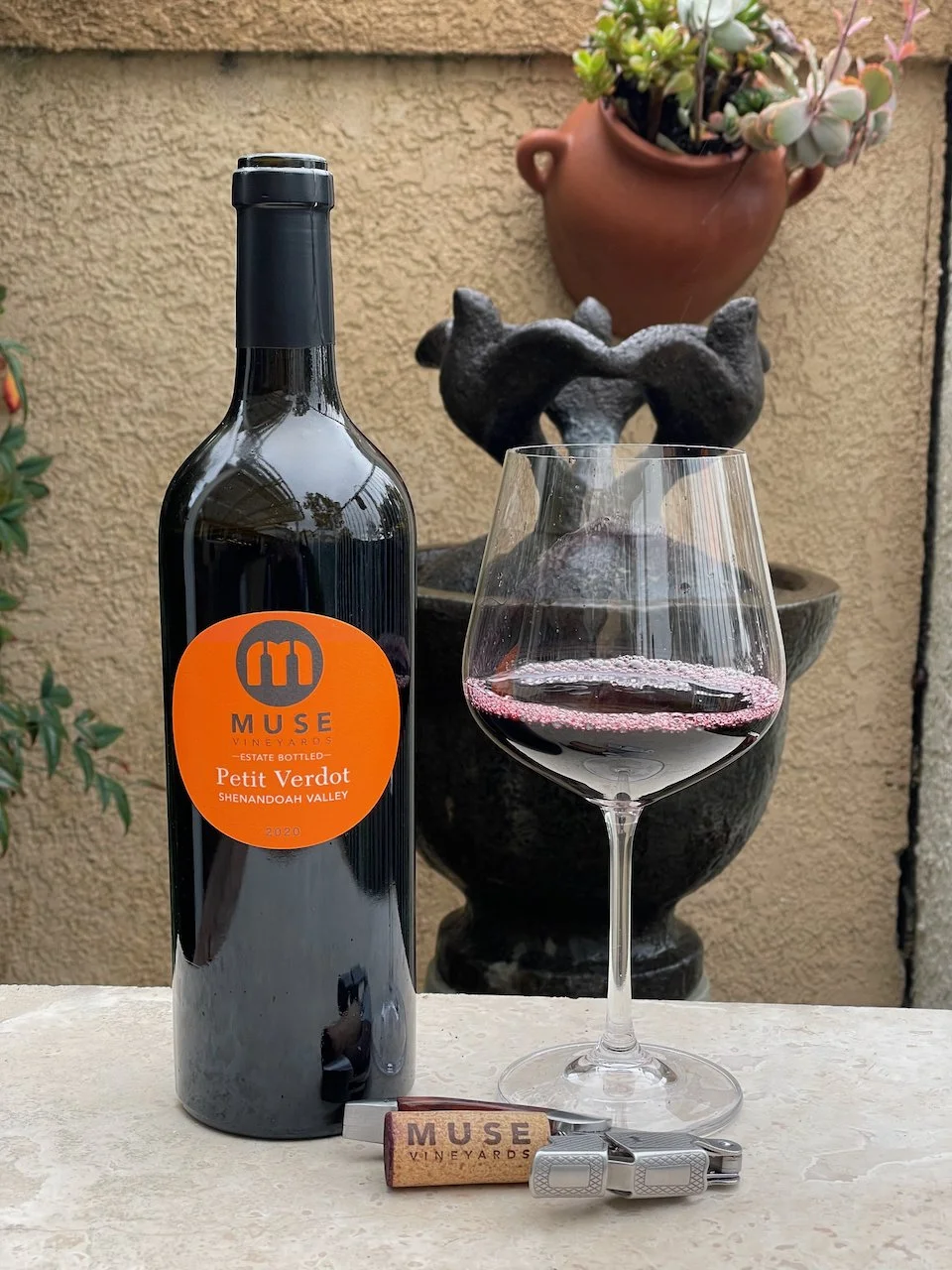Continuing with the theme of wines of Uruguay, here’s a listing of their wine producing regions and the overall wine grape planting percentages of each sub-region (which are also knows as “Departments”):
Northern Riverside (light brown regions): Artigas (0.1%), Salto (0.9%) and Paysandú (1.9%)
Southern Riverside (light purple regions): Rio Negro (<0.01%), Soriano (0.1%) and Colonia (5.1%)
Metropolitan (Yellow regions): San José (4.7%), Canelones (67%) and Montevideo (12%)
Northern (Green regions): Rivera (0.5%) and Tacuarembó (0.1%)
Central (Dark Brown regions): Durazno (0.3%), Florida (0.3%), Lavalleja (0.1%) and Treinta y Tres (<0.01%)
Oceanic (Blue regions): Rocha (0.3%) and Maldonado (7%)
As you can see by the percentages, the Metropolitan region accounts for nearly 84% of all grape plantings in Uruguay.
While there are many great cities to visit across the wine regions of Uruguay, here are three that are well worth a visit:
MONTEVIDEO
The capital city of Uruguay is also the epicenter of viticultural gastronomy. The metropolitan area contains two thirds of the country’s vineyards, making it easy to visit some of the country’s most fabled wineries.
In the Ciudad Vieja (old city), a walk through the pedestrian district, from the Cabildo de Montevideo to Plaza Zabala, is an excellent introduction to historic Montevideo, within what was the walled city built in 1724. The port market a few blocks away is an excellent place to enjoy lunch. La Rambla, which runs along the edge of the city, offers another perspective on the life that bustles within, especially between Parque Rodó and Punta Carretas. At sunset, the pink granite of the walk lights up to create an enchanting atmosphere for Montevideans to begin their evening. Pocitos and the surrounding area is a great place to enjoy dinner. Wineries worth visiting include the classic Carrau, and the more modern Bouza and Pizzorno Winery. A little further away, in Juanicó, one finds Familia Deicas/Establecimiento Juanicó, one of Uruguay’s most historic wineries.
PUNTA DEL ESTE
The most famous city in Maldonado is also an obligatory stop on the wine tour. A couple of Punta del Este’s major attractions, along with the avant-garde architecture of its hotels, are two different versions of the sea: a calm one, found at a long beach stretching to the west along the Río de la Plata, with barely perceptible waves, and a wilder incarnation that runs north along the Atlantic shore. José Ignacio is a lovely town to visit along this coast. Inland, down rural roads, one finds wineries set in the hilly, sierra landscape. Wineries worth visiting include Garzón, Alto de la Ballena, Bodega Oceánica, and Viña Edén. In addition, there is Bracco Bosca in the Canelones region on the way to Punta del Este in Atlántida. All were founded within the last 20 years and make wines for export. The newest winery is Cerro del Toro in Piriápol is in the Maldonado region.
COLONIA
Colonia del Sacramento is the capital city of the Department of Colonia and was declared a World Heritage Site by UNESCO in 1995. With its colonial architecture, cobbled streets, and tiled roofs, it doesn’t look too different to when it was founded back in 1680 on the shore of the Río de la Plata. Several wine and cheese makers are located in the surrounding area. Los Cerros de San Juan, the oldest winery in Uruguay, was founded in 1854 and is fifteen minutes away on the road to Carmelo. Housed in a recently refurbished stone building, its pulpería (seafood) restaurant is a journey into the past. Carmelo, meanwhile, is a peaceful town at the mouth of the River Uruguay. It boasts old vineyards, as well as more modern ones, along with luxury hotels and several country inns. The wineries aren’t too far away and can be visited by bicycle, except for Narbona, which is a little more remote. Campotinto, Almacén de la Bodega Cordano and El Legado are small, family-run wineries that have appeared in recent years. Familia Irurtia, in contrast, has a more industrial past that it is now looking to revive.







